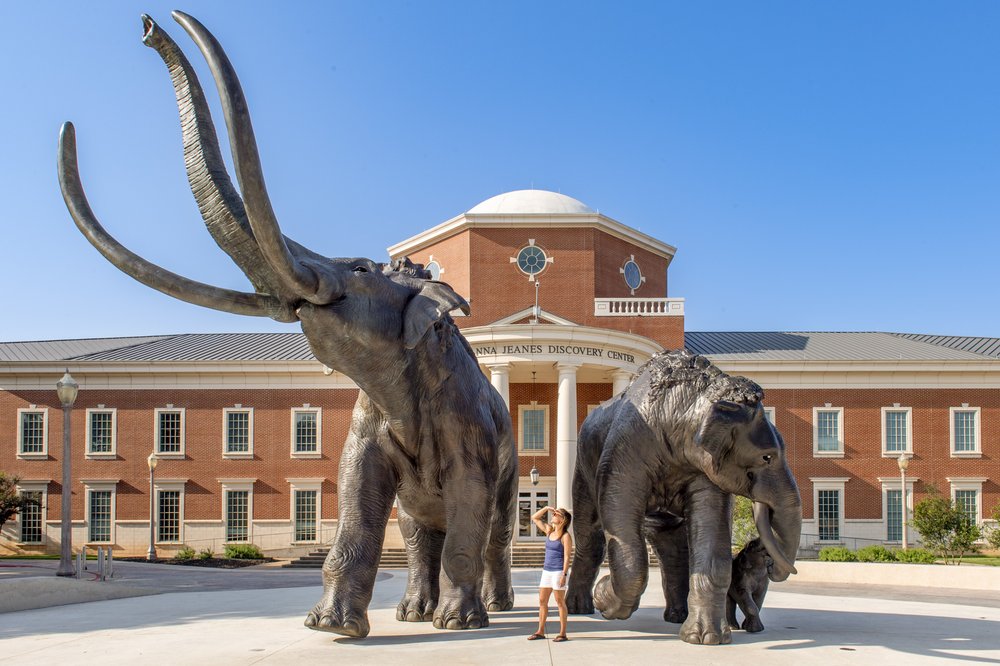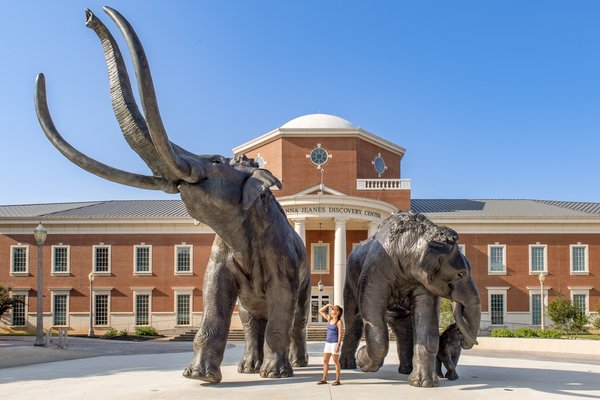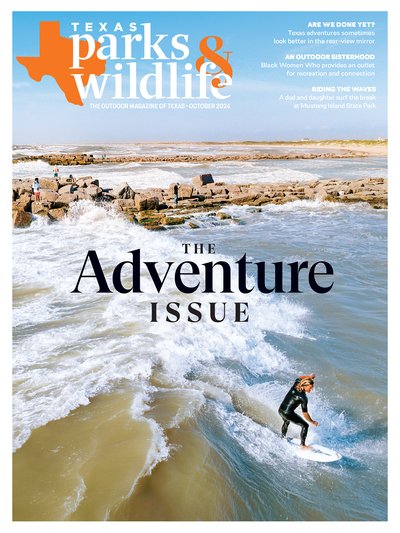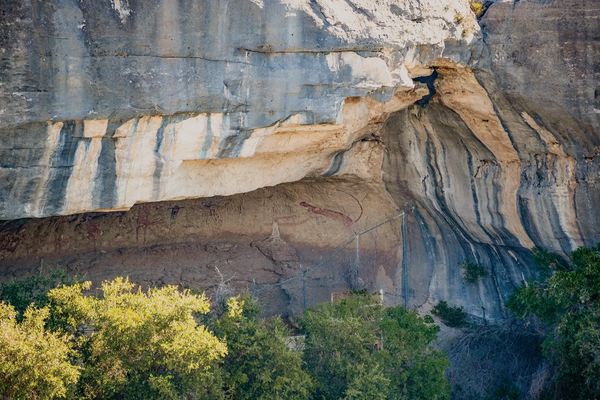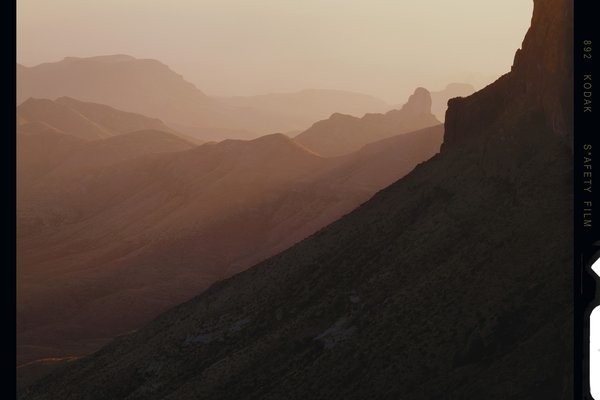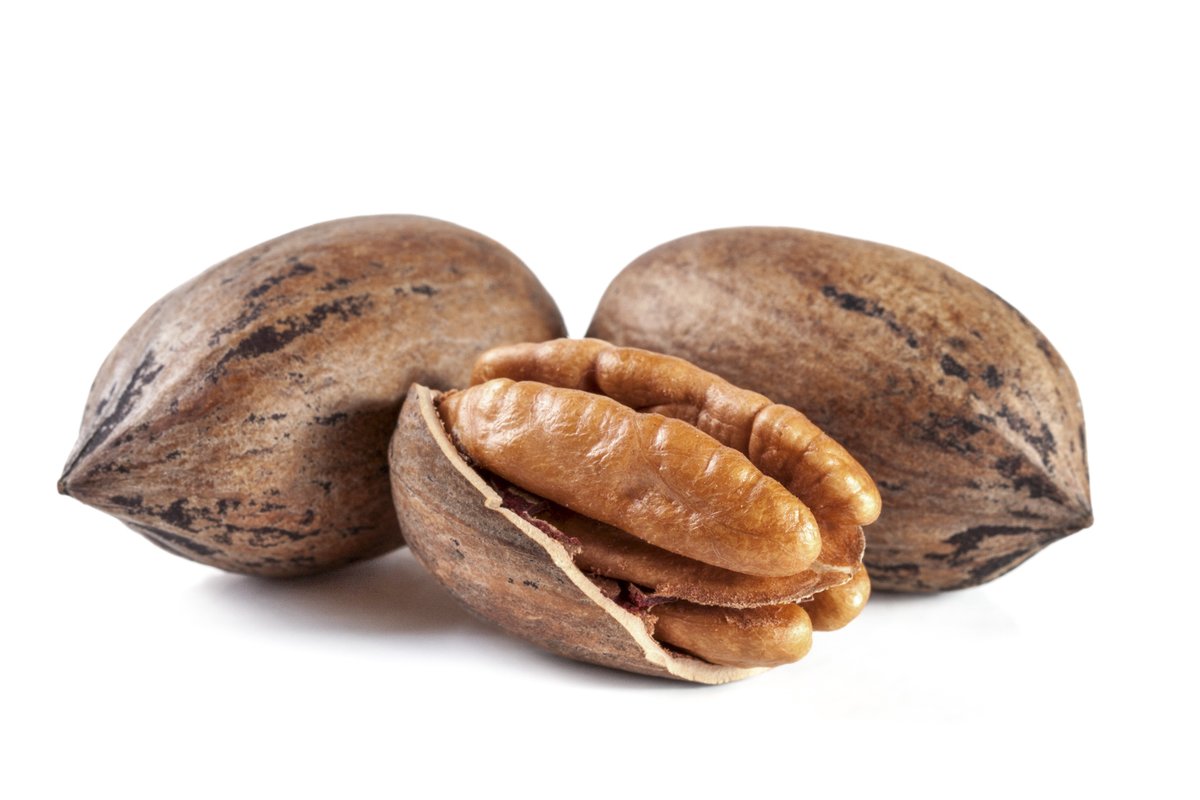Picture a long-lost prehistoric world of Ice Age megafauna that dwarf today’s North American land animals in both size and diversity. Here, on an expansive grassy plain similar to Africa’s Serengeti, giant sloths, glyptodons, short-faced bears, American lions and cheetahs, saber-toothed cats, dire wolves, giant bison, horses, camels, mastodons and Columbian mammoths roamed.
Classified as a proboscidean (from the Latin proboscis, an elongated trunk), the Columbian mammoth (Mammuthus columbi, named for Christopher Columbus) was the largest land mammal native to North America. Larger than today’s African and Asian elephants, M. columbi’s adult males stood up to 14 feet at their hump-backed shoulders and weighed up to 10 tons.
There are two ways to experience the wonder and majesty of these Pleistocene behemoths: visit the Waco Mammoth National Monument, the largest known fossilized accumulation of Columbian mammoths in Texas, and the Mayborn Museum at Baylor University, both in Waco.
Start with a photo opportunity of mammoth proportions at the Mayborn Museum: a new, life-size bronze sculpture of a colossal Columbian mammoth bull, trunk and tusks pitched skyward, beside a female and her small calf. Created by wildlife sculptor Tom Tischler, the imposing mammoth trio was unveiled May 17, marking the museum’s 20th anniversary.
“Mammoths have become a symbol of our entire region, and with the unveiling of our bronze mammoth statues, we hope to spark curiosity in the natural history of Central Texas,” says Charlie Walter, director of the Mayborn Museum.
A meticulous researcher, Tischler uses science to inform his art. “His animal sculptures are so good because he understands anatomy,” says Trey Crumpton, Mayborn’s visitor experience manager. “Tom measured tusks and femur bones at the Waco site, so these aren’t generic Columbian mammoths — they are Waco mammoths.”
As a preview of Waco Mammoth National Monument, the Mayborn Museum’s natural history wing reimagines the actual dig site. Step onto a glass-paneled floor for a close-up view of replica bones and tusks of a Columbian mammoth — the largest cast of a mammoth bone bed ever made. Pause for another photo op: a floor-to-ceiling mural by Texas artist Lee Jamison depicting M. columbi in its grassy prehistoric Texas habitat.
About five miles west of Baylor, near the confluence of the Brazos and Bosque rivers, lies one of the most significant paleontological sites in Texas and the nation. According to the National Park Service (NPS), Waco Mammoth National Monument preserves the “nation’s first and only recorded evidence of a nursery herd of Pleistocene Columbian mammoths.”
Established as a national monument by President Obama in July 2015, the site presents a snapshot of Columbian mammoths and other Pleistocene megafauna — how they lived and died tens of thousands of years ago.
The story began in 1978 when two young men, hunting for arrowheads or fossils near the Bosque River, stumbled upon something unusual eroding out of a ravine: a very large bone. They had the foresight to show their find to paleontologists at Baylor’s Strecker Museum, the predecessor to the Mayborn. Experts identified it as the femur of a Columbian mammoth, a fateful discovery that launched an intensive dig spanning more than 20 years. University staff and an army of volunteers unearthed a nursery herd, additional mammoths, and the fossil remains of a camel, alligators, tortoises and other Pleistocene creatures.
